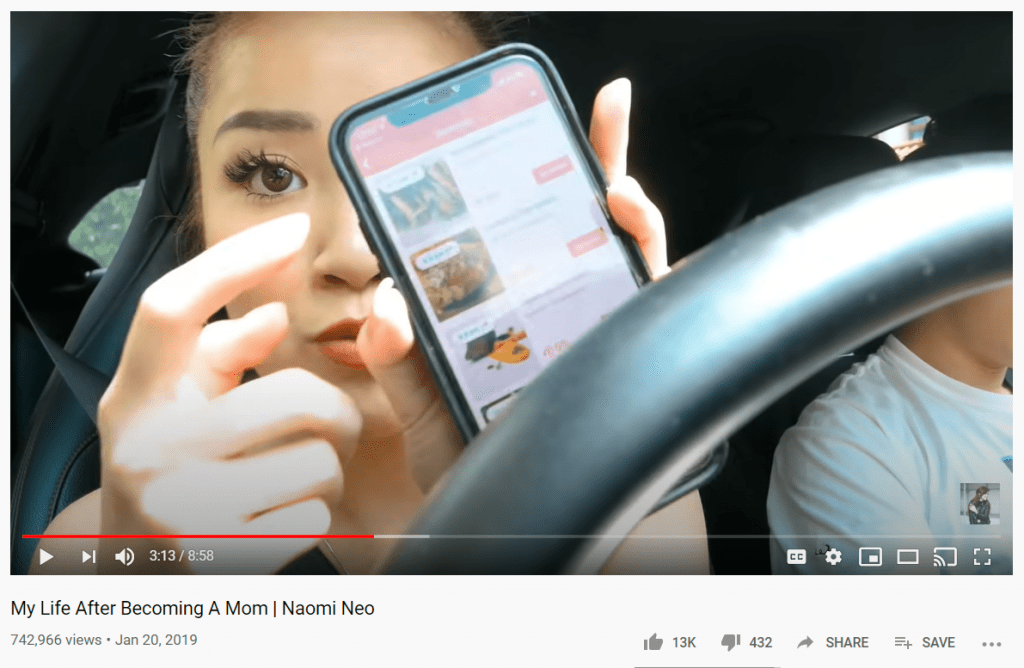You often hear that content is king. Modern businesses, big or small, rely on a plethora of content that is curated to connect with a relevant audience. Though are startups and SMEs using content marketing to scale?
Startups generally have a love-hate relationship with content marketing; it costs about 62% less than traditional marketing to generate three times as many leads but can be tricky to master.
Beyond snazzy copies and aesthetic visuals, scaling your startup requires you to strategically plan, put out and analyze content to achieve certain business goals using a smaller budget. In other words, you’re not investing less, you are stretching your investments further.
The rampant use of content marketing paired with the creative nature of the industry can leave you scrambling for the one tactic that works. Where do you begin?
Here, we explore the ways that startups have used content to scale their businesses.
Write in-depth articles to educate your users

Previously, companies used blogging to let people know of their presence or product. Content marketing is a strategic form of marketing that delves deeper into the consumer journey, from buyer awareness to developing loyalty. Startups can now make use of SEO tools to overcome the limitations of physical size.
Regularly producing relevant and compelling articles can help your brand connect with readers on a personal level. You do not necessarily have to sell a product, instead, focus on topics that the audience want to know about and conveniently supports your brand.
Take a look at how D2L has used content blogging to cultivate users’ interests. The Canada-based company is an edtech solutions provider and the creator of the world-known Brightspace LMS platform. To reach out to potential stakeholders, they have listed articles that genuinely answer general queries that people have about eLearning, learning management systems and edtech in general. This drives website traffic and naturally yields a bigger pool of leads.
Additionally, as opposed to hard-selling, the articles show how Brightspace LMS can help make education more accessible, and efficient.
Leverage user-generated content
User-generated content (UGC) could pave your way to viral marketing – with very little cost. This refers to any sort of content that is put out by unpaid creators.
The beauty of UGC is obvious: less revenue is pumped into creating exposure and credibility for your brand.
The caveat, however, is that modern consumers regulate their personal platforms and do not just post about anything. The challenge here is how you get things to catch on.
With social distancing measures leaving us with social media to connect with the world, brands have danced their way to apps like TikTok to reach audiences. Companies such as Grab have taken to USG to kickstart their latest promotion with the #GF7SecAd challenge. This encourages users to make 7-second videos with their GrabFood orders, and the company turns them into ads for the establishments.
The prize? A chance for 20 participants to win a $20 GrabFood voucher each. Grab was able to generate a whopping amount of UGC, without having to fork out exorbitant advertising costs.
The hashtag on TikTok has since garnered 4.7 million views; it has created not only publicity for Grab but an endless scroll of free ads for their partner restaurants.
Because even highly funded startups need scalability too.
We discuss how to have our customers do your marketing for you
Integrate influencer marketing with content marketing
Influencer marketing has been around since, well, influencers. And it is definitely not cheap. Brands willingly splurge on well-known personalities to promote their product/services to somewhat of a cult following. The loyalty that fans hold for the influencers is easily converted to revenue.
Over the years, influencer marketing has developed a stigma of being unauthentic. This poses the issue of ads being difficult to trust and being just another paid promotion.
Content marketing, on the other hand, focuses on cost-effectivity. These two methods hand-in-hand could make your marketing strategy more valuable for consumers above simply boosting awareness.
An example would be ShopBack, a local startup offering cashback for users on online stores and restaurants, engaging influencers to spread awareness through vlogs on YouTube. Take a look at Naomi Neo’s vlog on becoming a mother.

The video follows her usual daily routine, with a snippet of her talking about how hard it is to decide on where to eat. Conveniently, she pulls out the app to talk about their latest service – Shopback GO.
Gone are the days where vloggers rave continuously about a product for five minutes. Instead, content marketing strengthens the audiences’ trust by allowing them to visualize how influencers actually use the product through riveting stories. Furthermore, influencers are able to target niche markets that startups are looking for.
Implementing a killer content strategy has the power to get your startup off the ground or propel it into the success that you have envisioned. After you have come up with a campaign, don’t forget to check whether your strategies are actually working.
If you want to learn more about public relations or want to speak to a SYNC consultant about starting your brand’s PR journey, contact us at hello@syncpr.co

